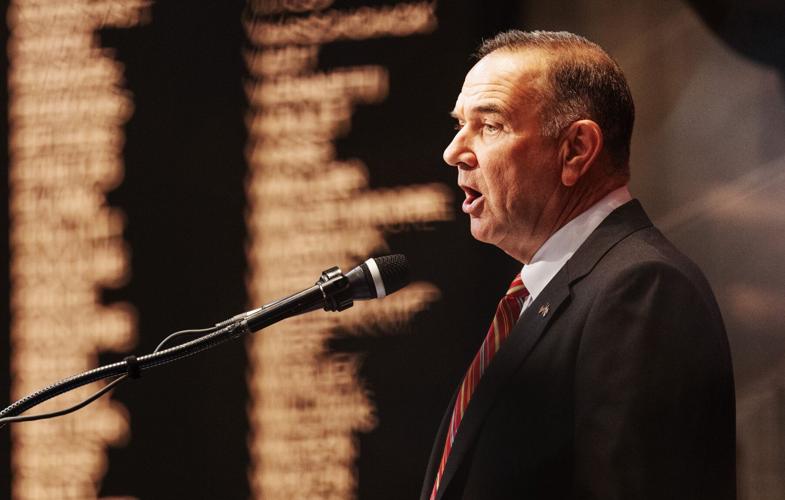
The Missouri state capitol dome is photographed on Wednesday, Jan. 22, 2025, in downtown Jefferson City.
JEFFERSON CITY ŌĆō Gov. Mike KehoeŌĆÖs administration is calling remote workers back to the office, despite concerns that some employees may not have a dedicated workspace in state offices.
More than four years after allowing thousands of state employees to work from home during the COVID-19 pandemic, the governorŌĆÖs Office of Administration has begun the process of unwinding the practice.
In a memo issued last week, supervisors and managers in the agency must return Feb. 25, with all remaining remote workers returning on March 24.
Officials say there may be exceptions, such as workers who were allowed to work from home before the pandemic.
People are also reading…
In the memo, the agency said, ŌĆ£This decision was made to enhance customer service through face-to-face interactions and improve collaboration among team members. As we consistently work towards achieving innovation and efficiency, we are confident that reintroducing in-person interactions will leverage our success and provide mutual benefits for both individual team members and the agency.ŌĆØ
At the same time, the memo noted, ŌĆ£We acknowledge that this initiative may pose challenges, but we are committed to offering the necessary support to ensure a smooth and successful transition.ŌĆØ
Among the concerns outlined by OA Commissioner Ken Zellers are the availability of office space, parking, computers and other equipment.
A task force is studying the potential hurdles and the governorŌĆÖs office is expected to weigh in soon.
ŌĆ£The governorŌĆÖs team is continuing to review this policy and looks to make announcements on this the coming weeks,ŌĆØ Kehoe spokeswoman Gabby Picard said in an email Friday.

Missouri Gov. Mike Kehoe delivers his first State of the State address on Tuesday, Jan. 28, 2025, at the Missouri Capitol in Jefferson City.
Agency directors have told state lawmakers during budget hearings this month that there are ongoing concerns about keeping low-paid state employees from departing for the private sector if they canŌĆÖt work remotely.
As the pandemic unfolded, an estimated one-third of the stateŌĆÖs 50,000 employee workforce worked from home to avoid the spread of COVID-19.
Although prisons and mental health facilities remained fully staffed during the pandemic, large state office buildings where paperwork is processed and rules are meted out were emptied out.
While many employees returned, others were allowed to continue the remote arrangement amid a shortage of workers.
Some agencies do not face any space crunches.
At the Missouri Department of Agriculture, for example, the workforce is divided roughly into thirds, with an estimated 100 employees in the headquarters office in Jefferson City, said spokeswoman Christi Miller.
Another 100 Ag employees work in laboratories and field offices in various locations across the state. The final 120 employees work in the field every day.
ŌĆ£The employees based at the headquarters office and any labs or field offices have never been totally remote,ŌĆØ Miller said. ŌĆ£Much of the workforce, including employees at the labs and field offices, cannot work remotely based on job responsibilities.ŌĆØ
And, she added, ŌĆ£The department has sufficient space for all of these employees.ŌĆØ
Although recruiting and retention of workers has improved, partially due to raises under former Gov. Mike Parson, Kehoe acknowledged work remains to be done. He has called for raises of up to 10% for workers who have been on the job for 20 years. Those with less experience would get smaller increases.
In the memo, Zellers said a review is underway of all existing alternative location or hybrid work arrangements, signaling there could be exceptions to the return policy.
ŌĆ£These reviews will include individuals working in call centers, those who were in approved remote positions prior to the pandemic, and employees hired into distributed roles located far from a physical office and whose roles do not necessitate in-office presence,ŌĆØ the memo says.
The push by Kehoe mirrors other governors who have ordered government employees to return.
In Ohio, for example, Republican Gov. Mike DeWine ordered workers back in offices by March 17, although his order allows exceptions.
In Wisconsin, Republican state lawmakers have been pushing for state employees to end remote work for most of the last four years.












